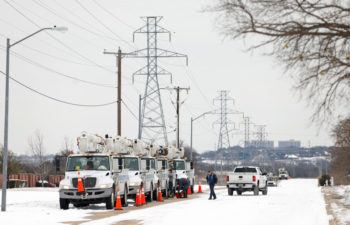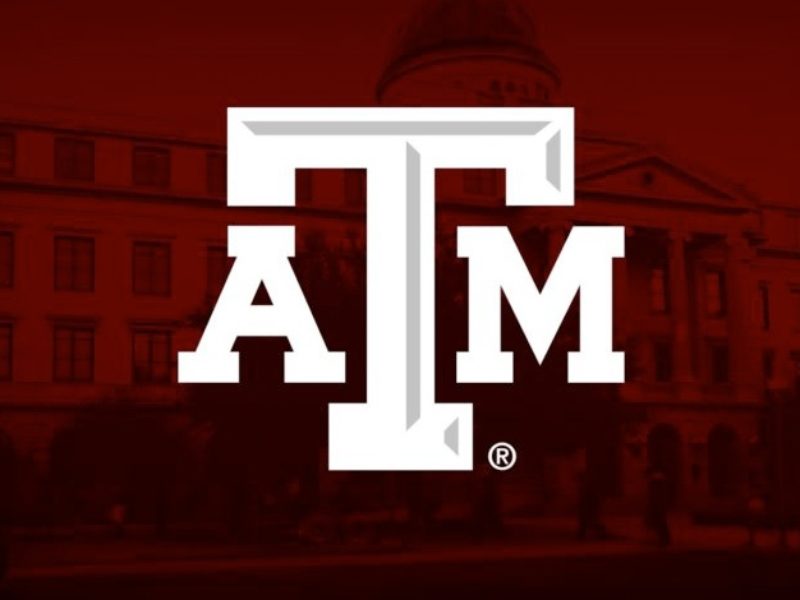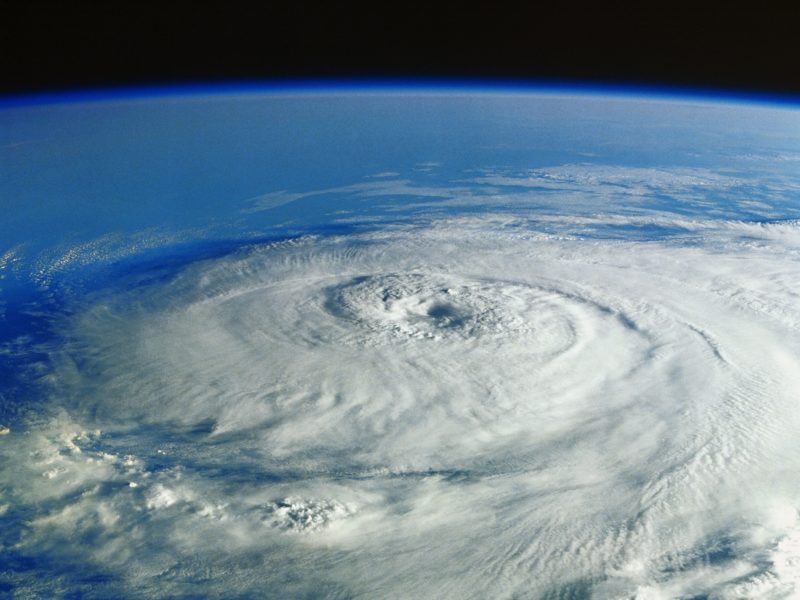What Went Wrong With Texas’ Power Failure And How To Fix It

Millions of Texans have experienced power outages at a time when electricity seems to be most needed, during the worst winter storm in decades. The Electric Reliability Council of Texas and utility engineers around the state are working around the clock to fix the problem, but it still remains to be seen when power will be restored to all customers. Texas, the energy capital of the country, does not seem to be able to supply the power needed in severe weather.
Here we would like to present our perspectives in simple non-technical terms on what happened, why did it happen and what could be done to prevent it from happening again. Our goal is to stimulate conversations among citizens, utilities, system operators, regulatory bodies and academia so that this experience will serve as a wake-up call to address the criticality of our energy infrastructure as we make progress toward a more resilient and sustainable future.
What Happened?
Unprecedented winter storms and frigid temperatures hit across the state beginning on Sunday, causing more than 30 gigawatts of generation capacity to be taken off-line. On the demand side, due to this cold weather, the electric load hit a record of more than 69GW on that night. In response to this combination of historically high demand and unprecedented shortage of power supply, ERCOT initiated “Energy Emergency Alert 3” which ordered transmission companies to begin rotating outages across the state. Meanwhile, skyrocketing demand for natural gas to heat homes in the frigid conditions meant the already stretched supply of gas available for electricity generation was even further compromised.
Why did this happen in Texas, often touted as the energy capital of the country (if not the world)? While final answers await a comprehensive investigation, several key factors may have contributed to this historic power outage.
First, unlike the interconnected regional grids that serve most of the rest of the country, Texas’s ERCOT grid essentially stands on its own. This limits power import and export during extreme situations. When states like Minnesota or California have extreme weather conditions, they can draw upon inter-state power transmission lines to get power from the interconnection. The Texas grid is largely an isolated grid from the eastern and western interconnections that serve the rest of the country.
Second, the massive natural gas and wind generation infrastructure in Texas is not ready for such a winter storm. Many turbines were shut down due to the freezing weather. Equipping these wind turbines with anti-freezing technologies is doable, but will require additional investments.
Third, so called “demand response,” the synchronization mechanism of demand and supply, which is a smart grid technology to extract flexibility at the customer end, is still in a nascent stage here. Other than urging customers to practice voluntary energy conservation, currently there are very few organized technology and business mechanisms to enable load-serving entities to reduce demand at peak periods to manageable levels. This could be automatically done at the customer end by prioritizing essential services such as lighting over non-essential services such as laundry.
How It Can Be Fixed
While our state is still in the midst of this immediate crisis, we would like to offer a few strategic, actionable items for the state and for Texans. Resiliency will need to be on top of every decision maker’s mind. In particular, to better prepare the Texas grid for future extreme events, we recommend the following actions.
- We need to winterize wind turbines and other generating infrastructure for extreme conditions.
- We should invest in additional High Voltage DC lines to connect ERCOT with both Eastern and Western interconnections, so that we can draw upon imports/exports when the supply of electricity becomes more volatile.
- We need the regulatory and market design to scale up implementation of demand response. The necessary technologies, including smart meters on most of our houses, are already there. What is missing is the proper market mechanics, such as proper crediting of demand contribution, and the political will to promote wide adoption.
- Last but not least, just as we have developed strategic oil reserves, it is high time to think about strategic energy storage reserves. Electric energy storage would go a long way during this time to minimize hardship for millions of Texans. Much research and innovation will be needed to fully develop the potential of energy storage at grid scale.
While it is cold comfort in the middle of a crisis, what we are experiencing now are the growing pains of the transition to new technologies and new energy resources. However, with actions such as those above, we will be better prepared for whatever Nature may throw at us in the future.
Xie is a Professor, Chancellor EDGES Fellow, and Presidential Impact Fellow in the Department of Electrical and Computer Engineering at Texas A&M. Barteau is Charles D. Holland ’53 Chair Professor, Chemical Engineering and Department of Chemistry, and Vice President for Research at Texas A&M University. Singh is Irma Runyon Chair Professor in Electrical and Computer Engineering at Texas A&M. Pistikopoulos is Dow Chemical Chair Professor of Chemical Engineering and Director of Texas A&M Energy Institute.
This op-ed by Le Xie, Mark Barteau, Chanan Singh and Efstratios Pistikopoulos originally appeared in the Houston Chronicle on Feb. 16.





